Home>Furniture & Design>Interior Design Trends>How To Use A Glass Dip Pen
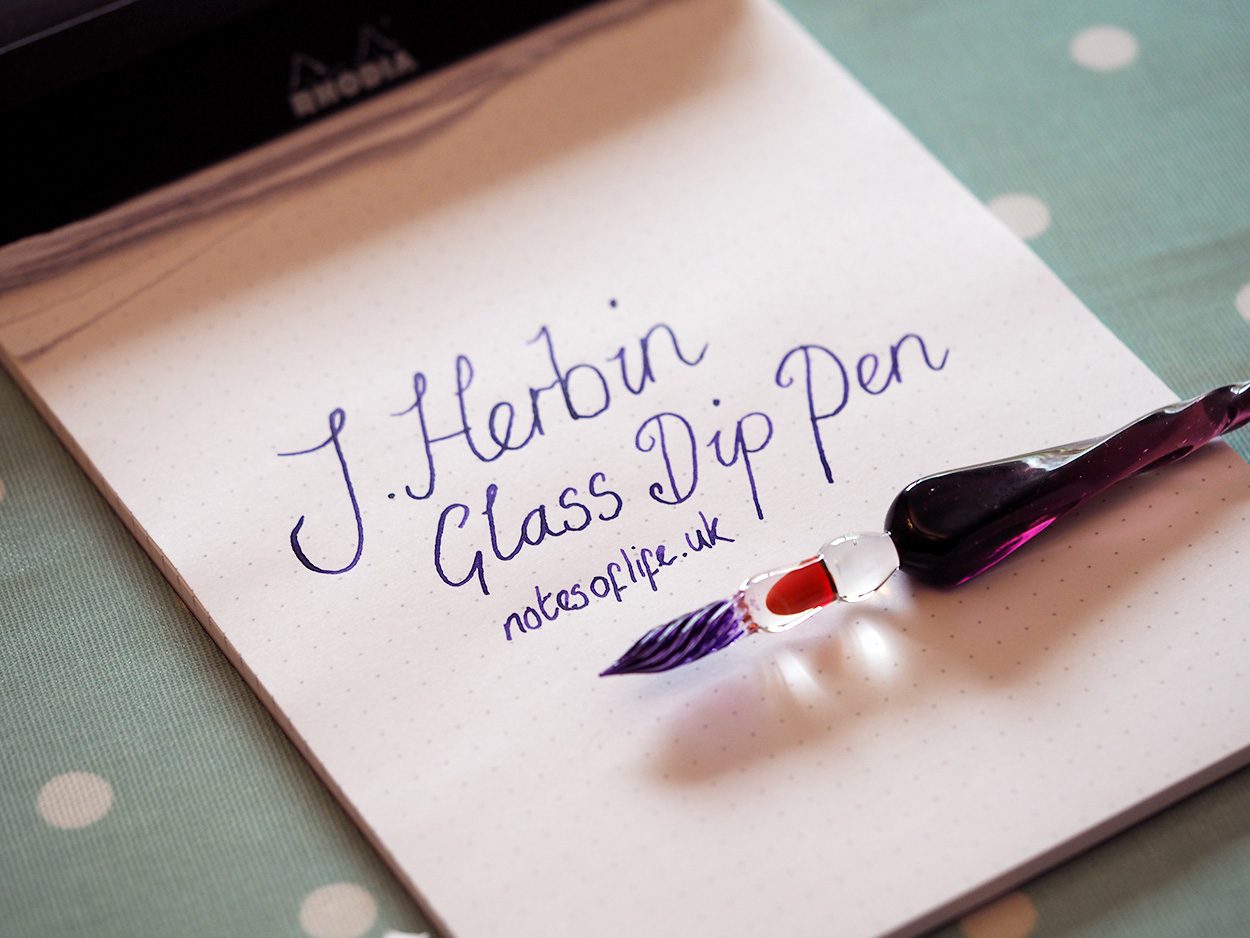

Interior Design Trends
How To Use A Glass Dip Pen
Published: February 6, 2024
Discover the latest interior design trends and learn how to use a glass dip pen for creating stunning decor accents. Explore innovative techniques and elevate your design skills today!
(Many of the links in this article redirect to a specific reviewed product. Your purchase of these products through affiliate links helps to generate commission for Storables.com, at no extra cost. Learn more)
Introduction
Glass dip pens have been gaining popularity among calligraphy enthusiasts and art aficionados for their elegant design and smooth writing experience. These exquisite writing instruments, crafted from high-quality glass, offer a unique and luxurious way to elevate your writing and artistic endeavors. Whether you are a seasoned calligrapher or a novice artist exploring the world of ink and paper, the glass dip pen presents an opportunity to infuse your creations with a touch of sophistication and refinement.
The allure of the glass dip pen lies in its delicate yet durable construction, which allows for a seamless flow of ink onto the page. With its transparent body that showcases the ink as it glides onto the paper, using a glass dip pen becomes a mesmerizing visual experience in itself. The versatility of these pens also makes them a valuable addition to any creative toolkit, as they can be used with a wide range of inks, from traditional black to vibrant and shimmering colors, enabling artists to experiment and express their creativity in unique ways.
As we delve into the world of glass dip pens, we will explore the nuances of choosing the right ink to complement the pen's characteristics, mastering the art of holding the pen for optimal control and comfort, and employing various writing techniques to achieve stunning and expressive results. Additionally, we will discuss the importance of proper cleaning and maintenance to preserve the longevity and performance of these exquisite writing instruments.
Embark on this journey with us as we unravel the artistry and craftsmanship behind the glass dip pen, and discover the endless possibilities it offers for enhancing your writing, artwork, and creative expression. Whether you seek to add a touch of elegance to your correspondence or elevate your artistic pursuits, the glass dip pen is a timeless tool that invites you to explore the boundless realms of ink and imagination.
Key Takeaways:
- Elevate your writing and art with a glass dip pen, choosing the right ink for smooth flow, vibrant colors, and compatibility. Master holding the pen for control and comfort, and explore various writing techniques for expressive creations.
- Preserve the elegance and performance of your glass dip pen with proper cleaning and maintenance. Carefully remove excess ink, soak, rinse, and air dry the pen, then store it in a protective case. Regularly inspect and address any issues to ensure enduring quality.
Read more: How To Store Fountain Pen When Not In Use
Choosing the Right Ink
Selecting the appropriate ink for your glass dip pen is a crucial step in ensuring a seamless and enjoyable writing experience. The characteristics of the ink can significantly impact the pen's performance and the overall aesthetic of your writing or artwork. When choosing ink for your glass dip pen, consider the following factors to make an informed decision:
-
Viscosity: Opt for inks with a moderate viscosity that flow smoothly without being too runny. This ensures a consistent ink flow without clogging the pen's delicate channels, allowing for uninterrupted writing or drawing.
-
Color: Explore a wide spectrum of colors to unleash your creativity. Traditional black inks offer timeless elegance, while vibrant hues can add a modern and artistic flair to your creations. Additionally, consider shimmering or metallic inks for a touch of opulence and visual intrigue.
-
Compatibility: Ensure that the ink is suitable for use with glass dip pens. Some inks may contain particles or additives that could potentially damage the pen's delicate glass nib. Opt for high-quality, fountain pen-friendly inks to safeguard the integrity of your glass dip pen.
-
Drying Time: Consider the drying time of the ink, especially if you plan to use it for writing purposes. Quick-drying inks minimize the risk of smudges and smears, making them ideal for practical applications such as note-taking and correspondence.
-
Water Resistance: Depending on your intended use, you may prefer inks that offer water resistance once dried. This feature is particularly valuable for artwork or documents that require protection against accidental spills or moisture.
-
Specialty Inks: Explore specialty inks designed for specific purposes, such as archival inks for long-lasting documents, or pigmented inks known for their fade-resistant properties. These inks cater to diverse needs and preferences, allowing you to tailor your choice to suit your specific creative endeavors.
By carefully considering these factors, you can select the perfect ink to complement your glass dip pen, unlocking a world of creative possibilities and ensuring a harmonious synergy between the pen and the ink. Whether you seek to evoke timeless sophistication or unleash vibrant expressions of artistry, the right ink is an essential companion to your glass dip pen, enhancing every stroke and flourish with elegance and allure.
Holding the Glass Dip Pen
Holding a glass dip pen correctly is essential for achieving optimal control, comfort, and precision in your writing or artistic endeavors. The delicate and exquisite nature of these pens requires a mindful approach to ensure a seamless and enjoyable experience. Here's a detailed guide on how to hold a glass dip pen effectively:
-
Grip: Hold the pen lightly, allowing it to rest comfortably between your thumb and index finger. Avoid gripping it too tightly, as this can restrict the natural flow of movement and impede the pen's delicate nib from gliding smoothly across the paper.
-
Angle: Position the pen at a slight angle to the writing surface, typically around 30-45 degrees. This angle allows the ink to flow consistently from the nib, resulting in uniform lines and strokes. Experiment with different angles to find the one that feels most natural and facilitates fluid movement.
-
Posture: Maintain a relaxed and upright posture while holding the pen. Avoid slouching or tensing your muscles, as this can lead to discomfort and hinder your ability to maneuver the pen with precision and grace.
-
Pressure: Apply gentle and even pressure on the pen as you write or draw. Avoid pressing too hard, as the delicate glass nib is designed to respond to subtle movements. By maintaining a light touch, you can achieve graceful and expressive lines without compromising the integrity of the pen.
-
Hand Position: Position your hand slightly above the writing area to allow for smooth and unhindered movement. This positioning enables you to observe the ink flow and maintain a consistent distance between the nib and the paper, resulting in uniform and elegant strokes.
-
Experimentation: Embrace experimentation and adapt the grip and posture to suit your individual comfort and style. Each person's hand anatomy and writing technique are unique, so feel free to explore different holding positions until you find the one that best suits your needs and preferences.
By mastering the art of holding a glass dip pen, you can unlock its full potential and experience the sheer pleasure of creating with a tool that embodies elegance and sophistication. Whether you are crafting intricate calligraphy, sketching delicate illustrations, or simply enjoying the act of writing, the way you hold the glass dip pen plays a pivotal role in shaping your creative expression and infusing it with finesse and artistry.
Writing Techniques
Mastering various writing techniques is essential for harnessing the full potential of a glass dip pen and unleashing its artistic prowess. Whether you are delving into the art of calligraphy, creating intricate illustrations, or simply seeking to elevate your everyday writing, the following techniques will empower you to craft exquisite and expressive compositions with finesse and precision.
1. Line Variation
Experiment with applying varying pressure on the pen to achieve diverse line widths and textures. By exerting gentle pressure for thin, delicate lines and increasing pressure for bold, expressive strokes, you can infuse your writing or artwork with dynamic contrast and visual interest.
Read more: How To Store Posca Pens
2. Flourishing
Embrace the art of flourishing to embellish your compositions with graceful and ornate embellishments. With a deft touch and fluid movements, adorn your letters or designs with elegant swirls, loops, and decorative elements, adding a touch of sophistication and charm to your creations.
3. Shading
Explore the technique of shading to add depth and dimension to your artwork. By delicately layering the ink and manipulating the pen's angle and pressure, you can achieve subtle gradients and nuanced shading effects, bringing your illustrations to life with captivating realism and visual richness.
4. Cross-Hatching
For those venturing into the realm of illustration, cross-hatching offers a versatile and captivating technique. By intersecting parallel lines at varying angles, you can create intricate textures, shadows, and tonal variations, infusing your drawings with depth, complexity, and captivating detail.
5. Lettering Styles
Dive into the art of lettering and explore a myriad of styles, from classic and elegant scripts to modern and whimsical fonts. Experiment with the pen's flexibility and ink flow to craft letters that exude personality and charm, allowing your writing to become a captivating visual element in itself.
Read more: What Pen Do Landscape Architect Use
6. Negative Space
Harness the power of negative space to create compelling compositions. By strategically leaving areas of the paper untouched by ink, you can achieve a harmonious balance between light and dark, guiding the viewer's gaze and imbuing your creations with a sense of elegance and sophistication.
7. Gestural Writing
Embrace gestural writing to infuse your compositions with energy and spontaneity. Allow the pen to dance across the page, capturing the fluidity of your movements and emotions. This technique lends a sense of vitality and dynamism to your writing, evoking a captivating sense of rhythm and expression.
By honing these writing techniques, you can unlock the full expressive potential of the glass dip pen, transcending the boundaries of traditional writing and artistry. Whether you are crafting timeless calligraphy, intricate illustrations, or personal reflections, these techniques empower you to imbue your creations with elegance, emotion, and a captivating sense of artistry.
Cleaning and Maintenance
Proper cleaning and maintenance are essential for preserving the performance and longevity of your glass dip pen. By incorporating regular care practices into your routine, you can ensure that the pen continues to deliver a seamless and delightful writing experience while safeguarding its delicate components from potential damage.
Cleaning Process
Begin the cleaning process by carefully removing any excess ink from the pen's nib using a soft, lint-free cloth or paper towel. Gently blot the nib to absorb the residual ink, taking care not to apply excessive pressure that could potentially damage the delicate glass.
Next, immerse the nib of the glass dip pen in a container of clean water, allowing it to soak for several minutes. This step helps to dissolve and dislodge any dried ink particles that may have accumulated within the nib's channels.
After soaking, delicately agitate the pen in the water to facilitate the removal of any stubborn ink residue. Avoid vigorous shaking or harsh movements that could compromise the integrity of the pen's delicate glass components.
Once the nib appears clean, carefully rinse it under a gentle stream of clean water to ensure that all traces of ink and cleaning solution are thoroughly removed. Patience and attention to detail are crucial during this step to guarantee a pristine and residue-free cleaning outcome.
Read more: How To Store Dipped Pretzel Rods
Drying and Storage
After cleaning, gently pat the nib and the pen's body with a soft, absorbent cloth to remove excess moisture. Allow the pen to air dry naturally in a horizontal position to prevent water from pooling within the nib or the ink reservoir.
Once completely dry, store the glass dip pen in a protective case or holder to shield it from dust, debris, and potential damage. Avoid exposing the pen to direct sunlight or extreme temperatures, as these conditions could compromise the integrity of the glass and the pen's overall performance.
Maintenance Tips
Regularly inspect the pen for any signs of ink buildup, discoloration, or damage, and address any issues promptly to prevent them from escalating. Additionally, consider using a specialized pen flush solution periodically to thoroughly clean the pen's intricate components and maintain optimal ink flow.
By adhering to these cleaning and maintenance practices, you can ensure that your glass dip pen remains a cherished and reliable tool for your writing and artistic pursuits. The attentive care and preservation of this exquisite writing instrument will not only prolong its lifespan but also enhance your overall creative experience, allowing you to continue crafting with elegance, precision, and enduring quality.
Conclusion
In conclusion, the allure of the glass dip pen transcends its function as a writing instrument, evolving into a symbol of elegance, artistry, and timeless craftsmanship. As we journeyed through the intricacies of using a glass dip pen, from selecting the perfect ink to mastering writing techniques and embracing proper maintenance, we unveiled the profound potential and captivating allure of this exquisite tool.
The art of using a glass dip pen extends far beyond the act of writing or drawing; it embodies a harmonious fusion of tradition and innovation, inviting individuals to explore the boundless realms of creativity and self-expression. The delicate dance of ink flowing from the pen's nib onto the page becomes a mesmerizing visual symphony, capturing the essence of elegance and sophistication with each stroke and flourish.
By carefully choosing the right ink, artists and writers can infuse their creations with a spectrum of colors, textures, and visual depth, elevating their work to new heights of artistry and expression. The versatility of the glass dip pen, coupled with the myriad of available inks, empowers individuals to craft compositions that resonate with emotion, grace, and individuality.
Furthermore, the art of holding a glass dip pen with finesse and precision becomes a testament to the intimate connection between the creator and their craft. The pen becomes an extension of the hand, translating thoughts and emotions into tangible expressions that bear the hallmark of elegance and artistry.
As we explored various writing techniques, from line variation to flourishing and shading, we unveiled the transformative power of the glass dip pen, transcending the boundaries of conventional writing instruments and ushering in a new era of creative exploration. Each stroke becomes a testament to the artist's skill and vision, imbuing the composition with a sense of depth, rhythm, and captivating beauty.
Finally, the significance of proper cleaning and maintenance underscores the commitment to preserving the integrity and performance of the glass dip pen. By nurturing this exquisite tool with attentive care and diligence, individuals can ensure that it continues to inspire and delight, serving as a faithful companion in their creative journey.
In essence, the glass dip pen represents a timeless ode to the art of writing and creation, inviting individuals to embrace elegance, finesse, and boundless creativity. Whether used for calligraphy, illustration, or personal expression, the glass dip pen stands as a testament to the enduring allure of artistic craftsmanship, offering a gateway to a world where ink and imagination converge in a symphony of elegance and artistry.
Frequently Asked Questions about How To Use A Glass Dip Pen
Was this page helpful?
At Storables.com, we guarantee accurate and reliable information. Our content, validated by Expert Board Contributors, is crafted following stringent Editorial Policies. We're committed to providing you with well-researched, expert-backed insights for all your informational needs.
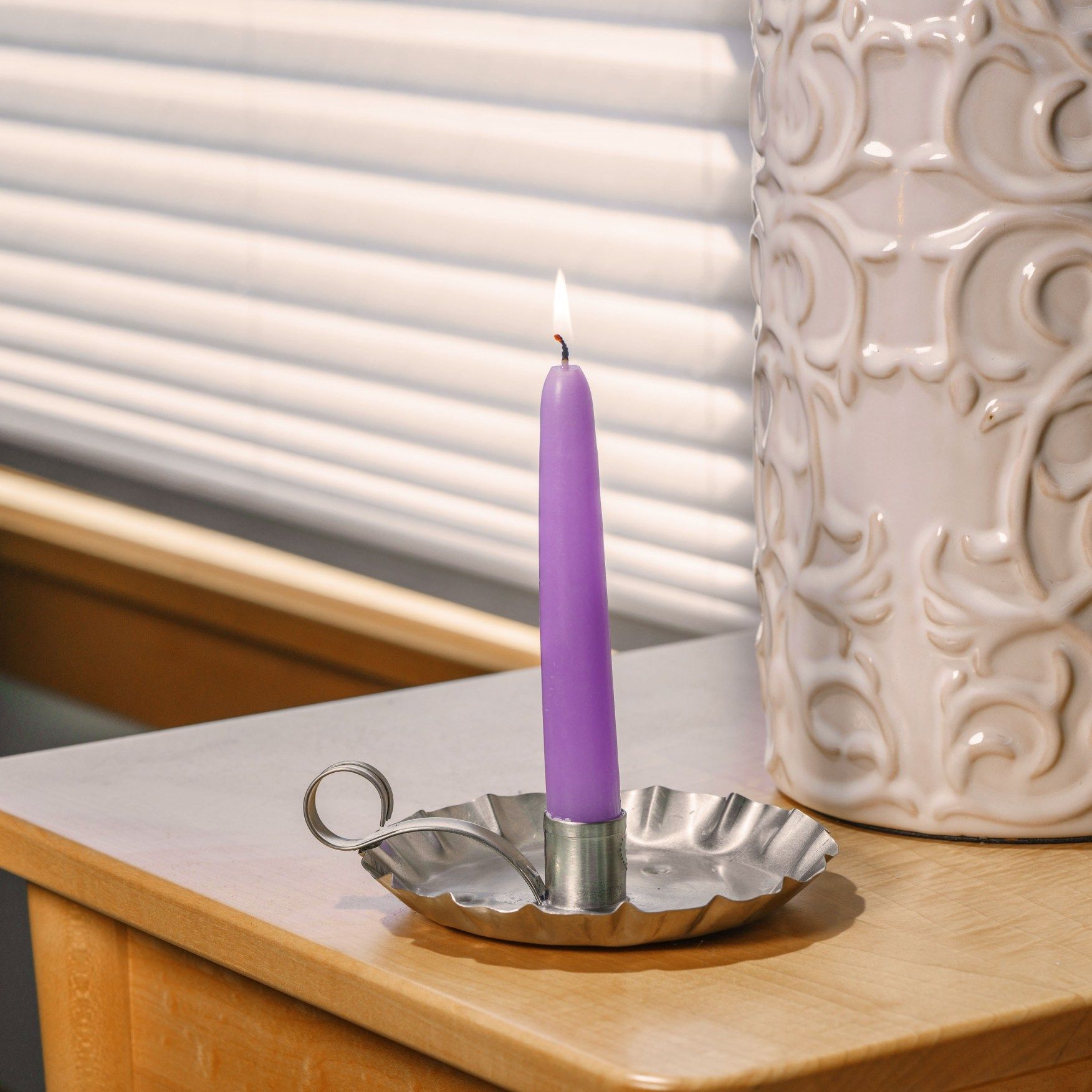
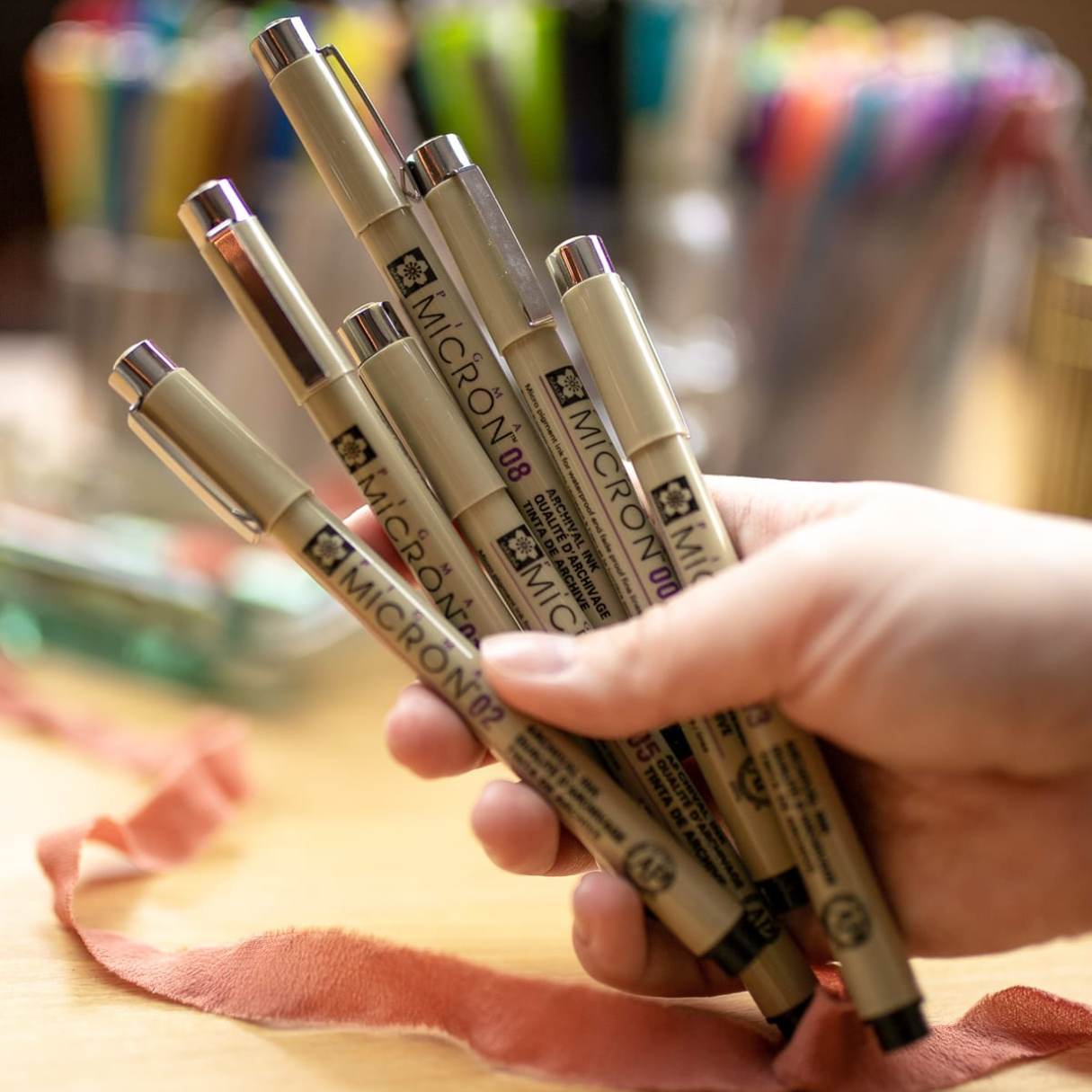

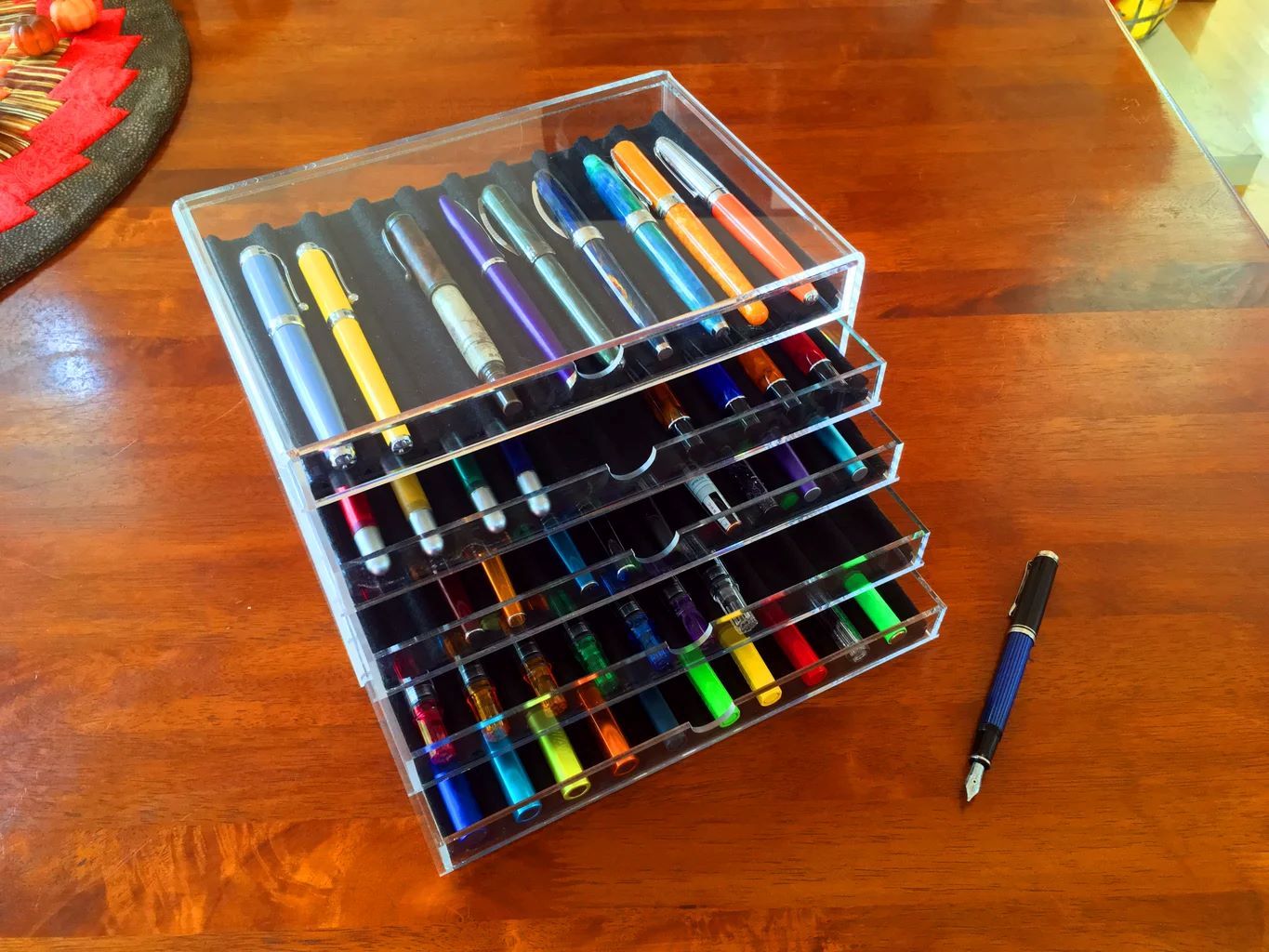
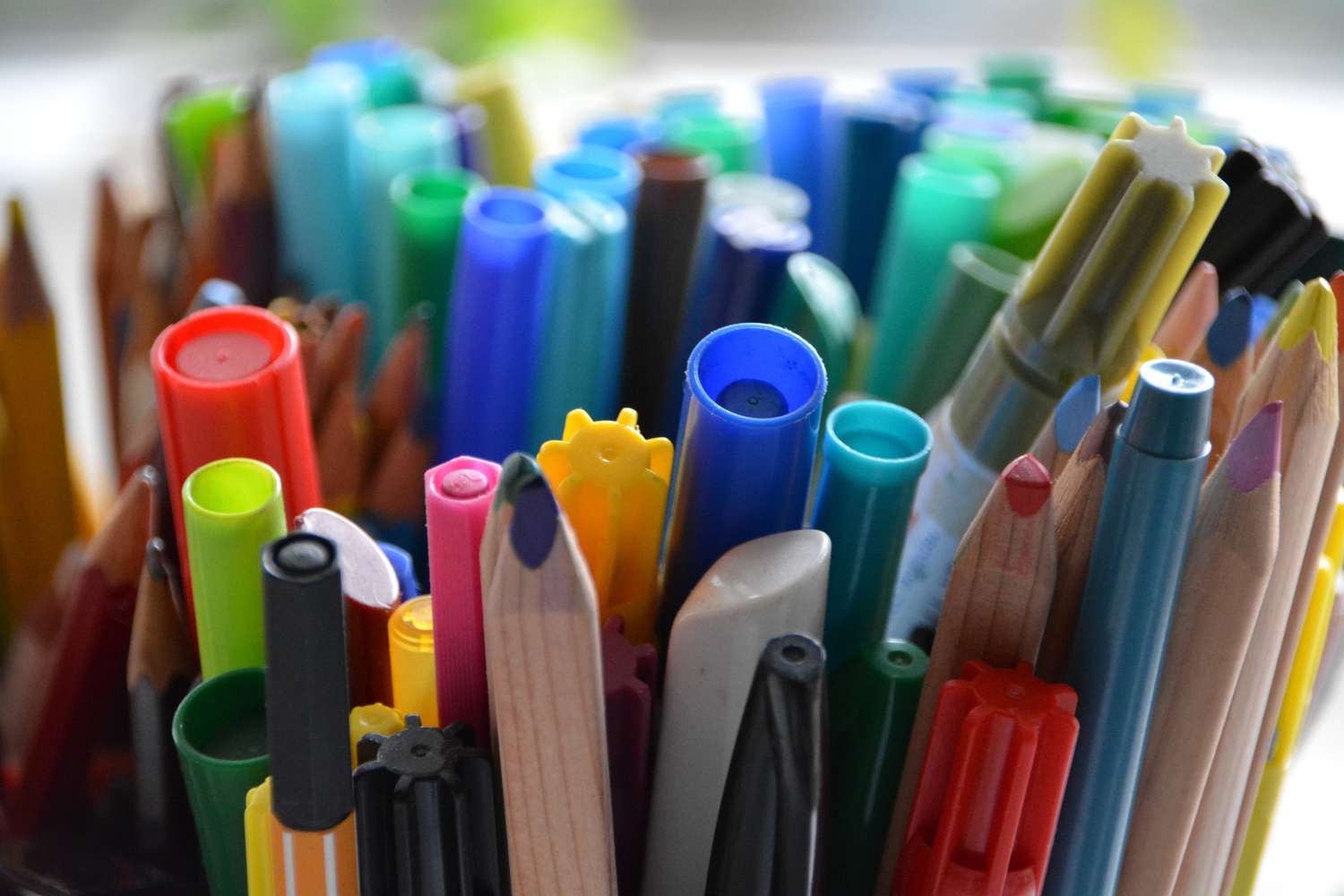
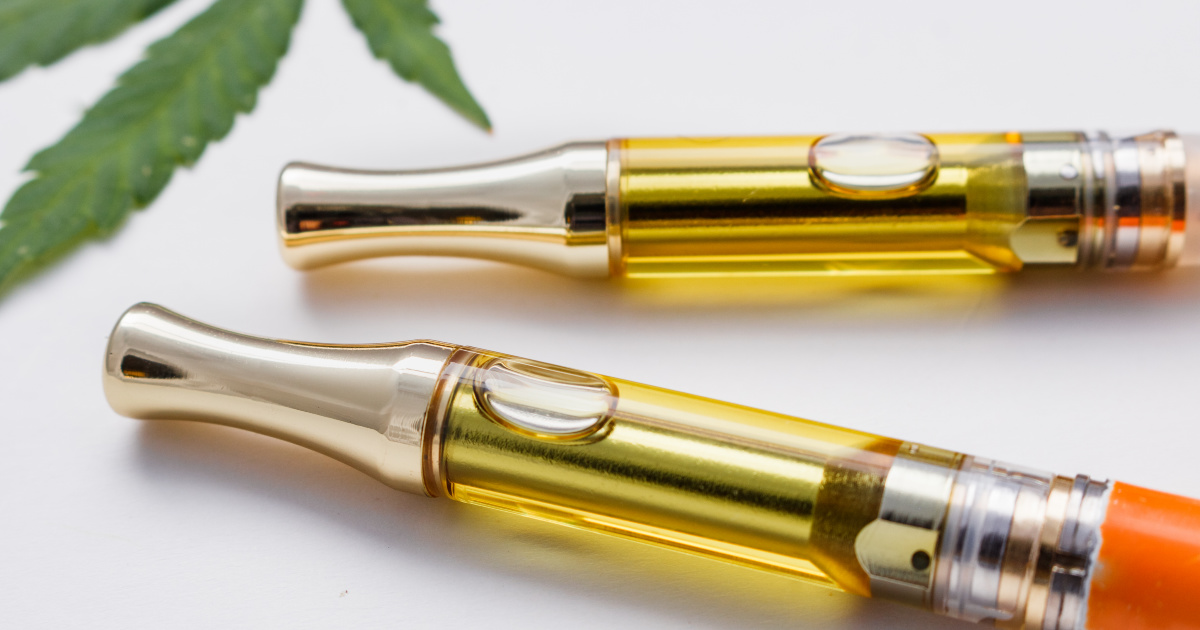
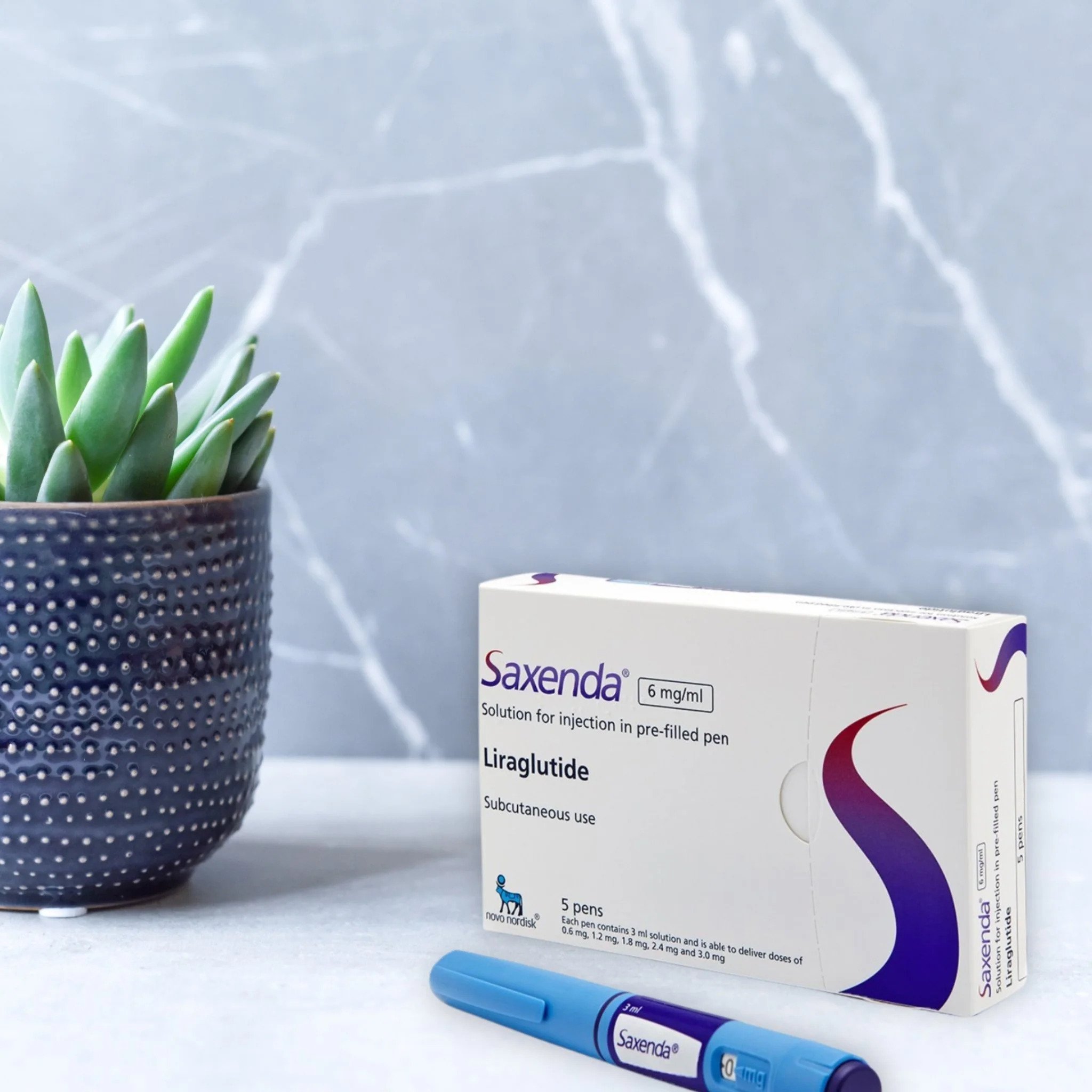
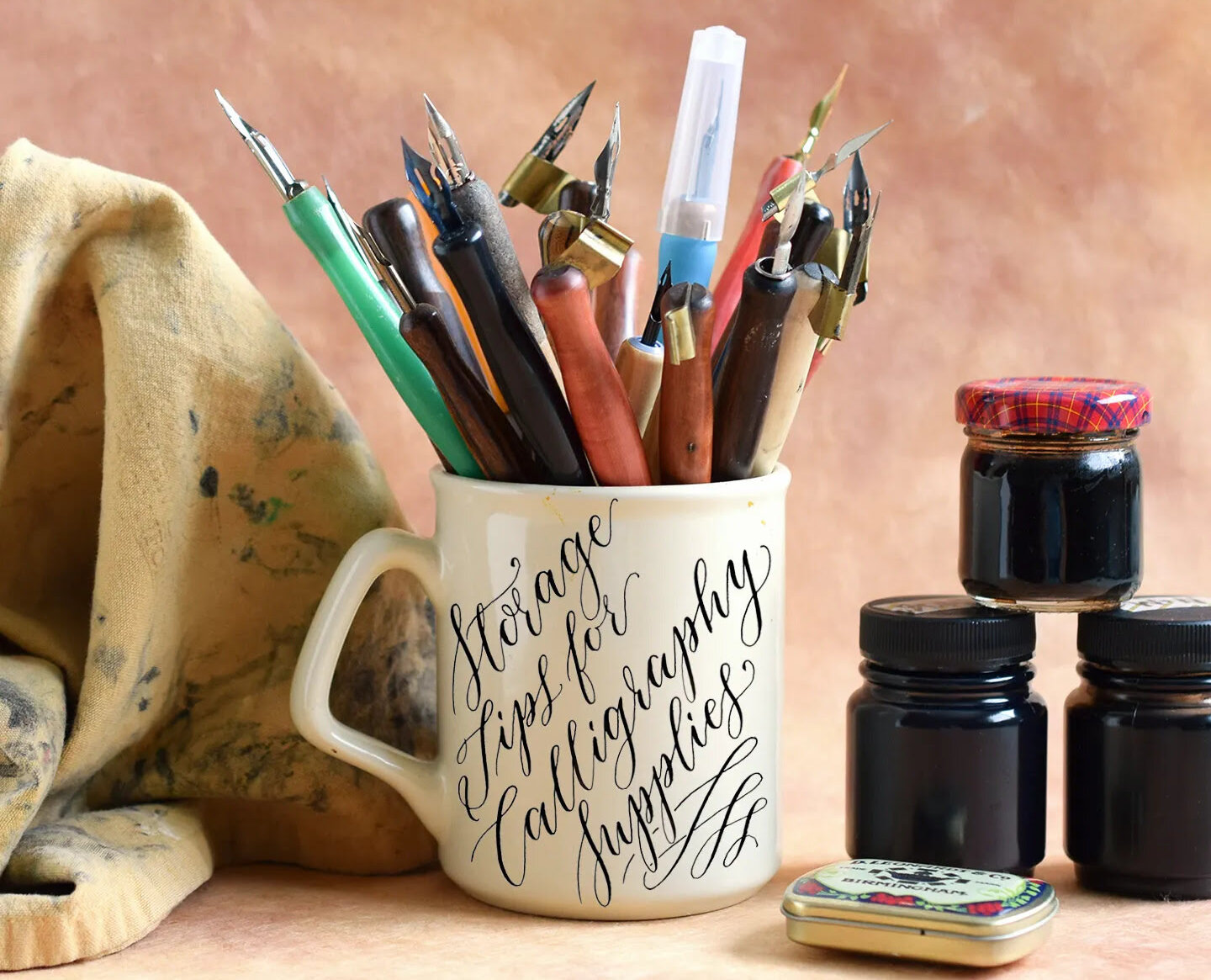
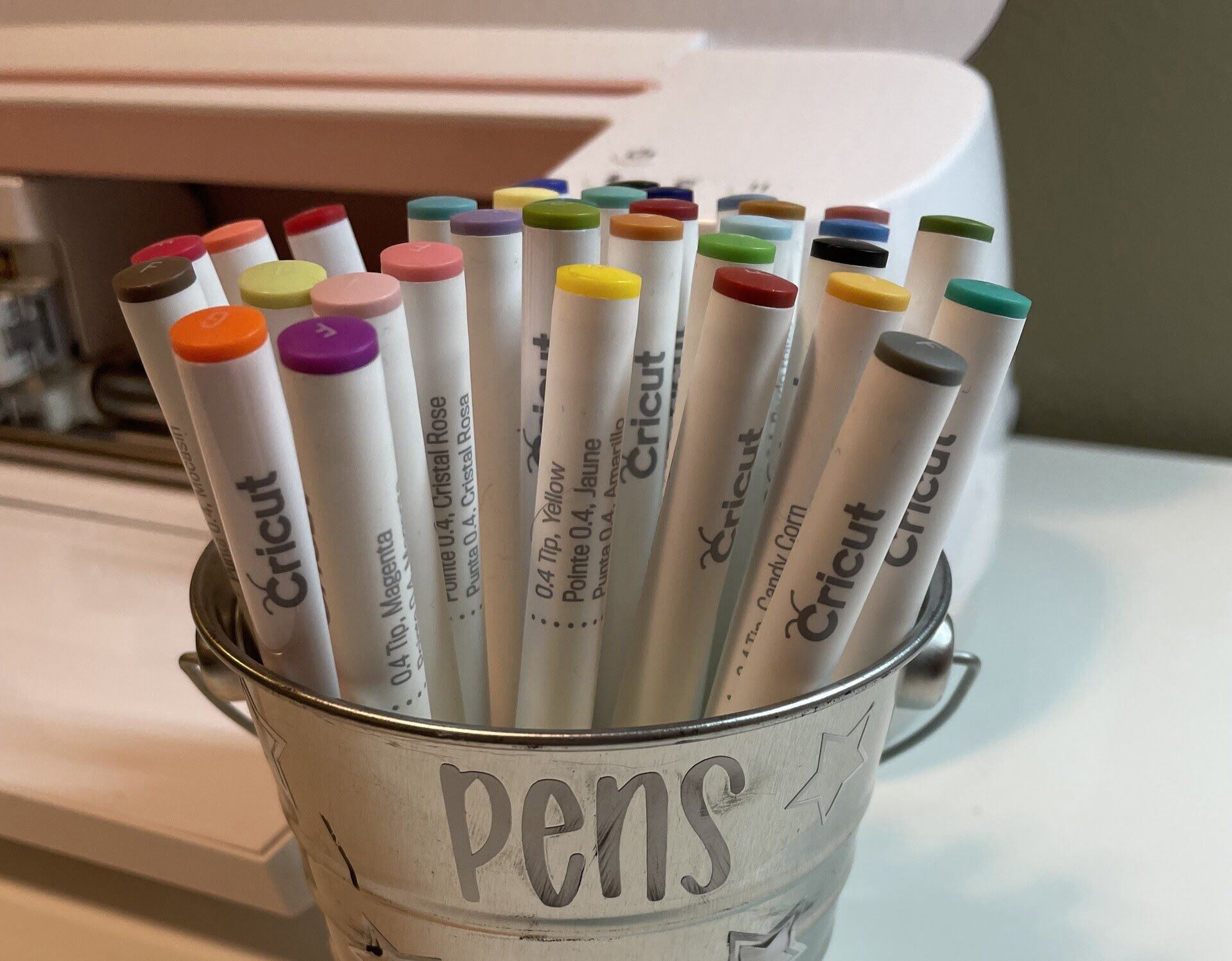
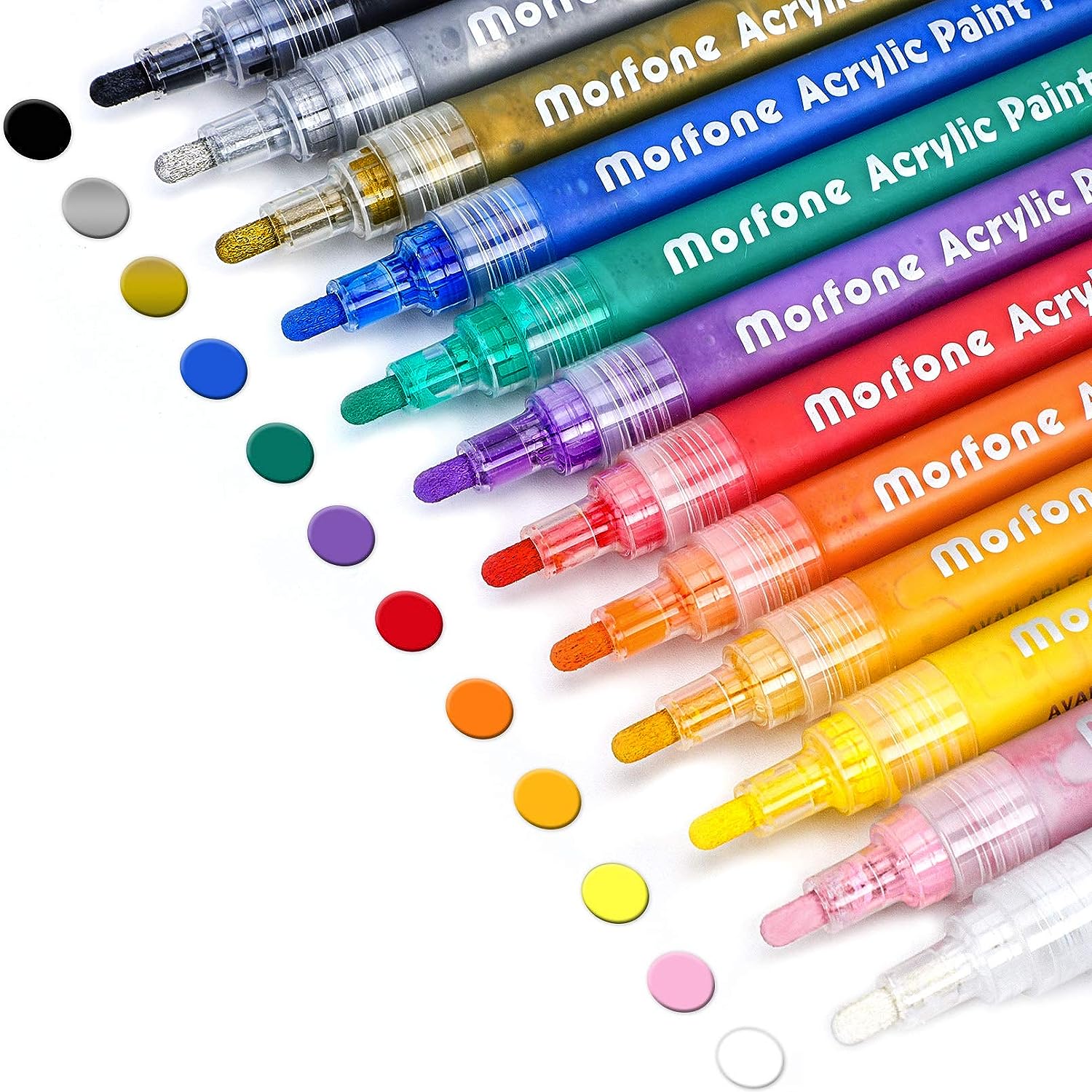
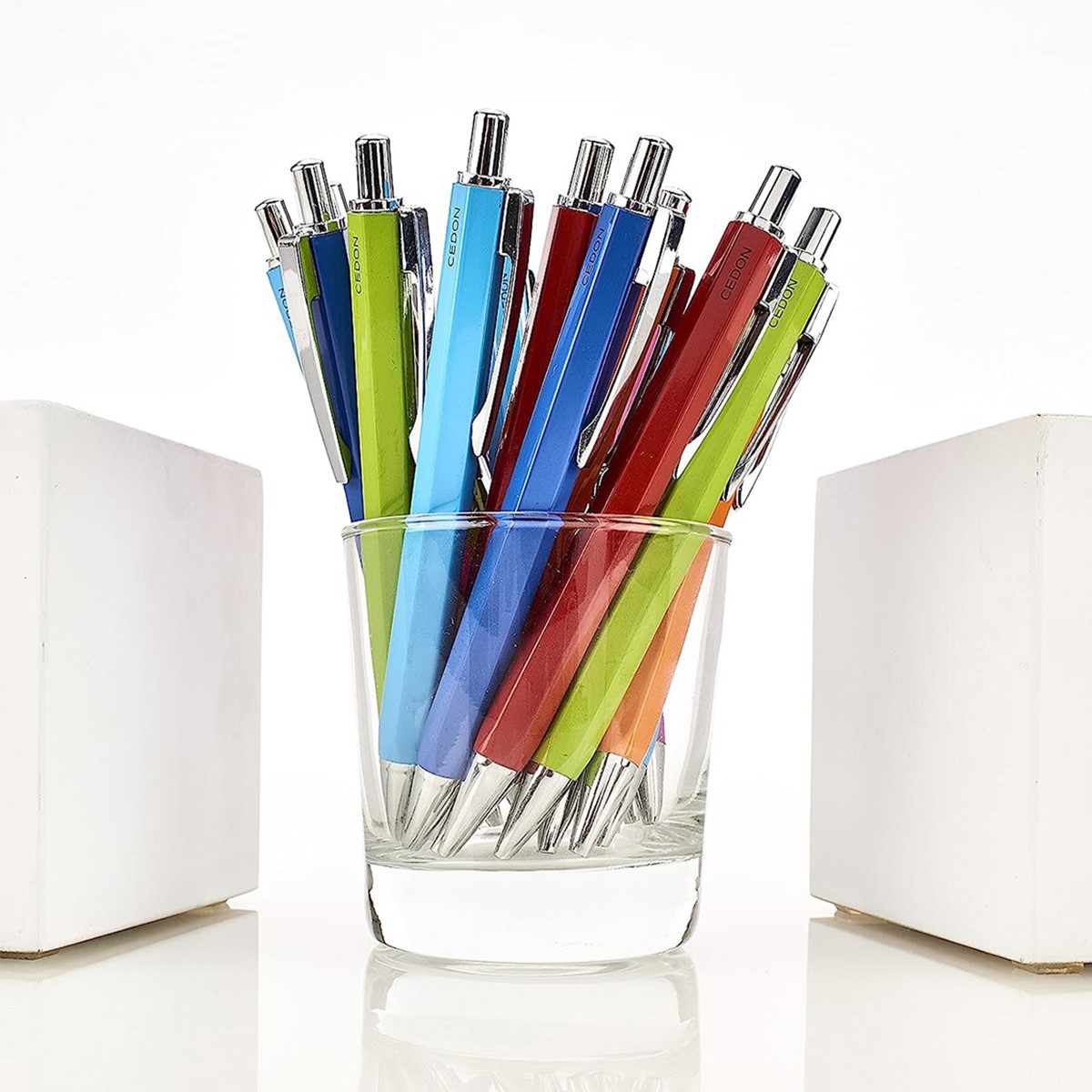


0 thoughts on “How To Use A Glass Dip Pen”